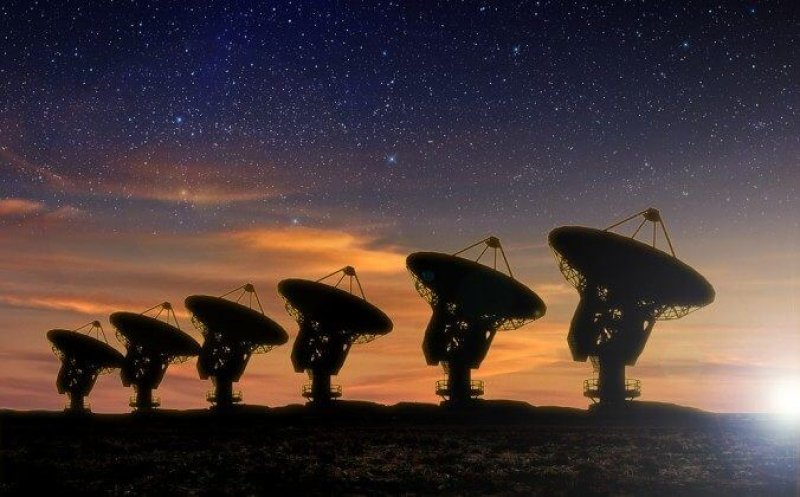Lawmakers in the House of Representatives recently proposed legislation for NASA’s future that includes some intriguing language. The space agency, the bill recommends, should spend $10 million on the “search for technosignatures, such as radio transmissions” per year, for the next two fiscal years.
The House bill—should it survive a vote in the House and passage in the Senate—can only make recommendations for how agencies should use federal funding. But for [Search for Extraterrestrial Intelligence, or] SETI researchers like [Jill] Tarter, the fact that it even exists is thrilling. It’s the first time congressional lawmakers have proposed using federal cash to fund SETI in 25 years.
…
[T]echnosignatures refer to a wide assortment of potential markers of advanced beings that could conceivably be spotted by telescopes, on the ground or in space. Perhaps other technologically advanced civilizations use laser transmissions to communicate. Maybe they have forged blast shields to protect themselves from invaders, or built enormous spheres to harness their star’s light and power their operations. Maybe, like us, they’ve lit their surfaces with shimmering city lights or padded their atmosphere with pollutants.…
Today, after 25 years of discoveries and breakthroughs and progress, the suggestion that we might someday—and perhaps someday soon—stumble upon an alien civilization, even the remains of one, doesn’t seem quite so silly anymore.
Read full, original post: Congress Is Quietly Nudging NASA to Look for Aliens































